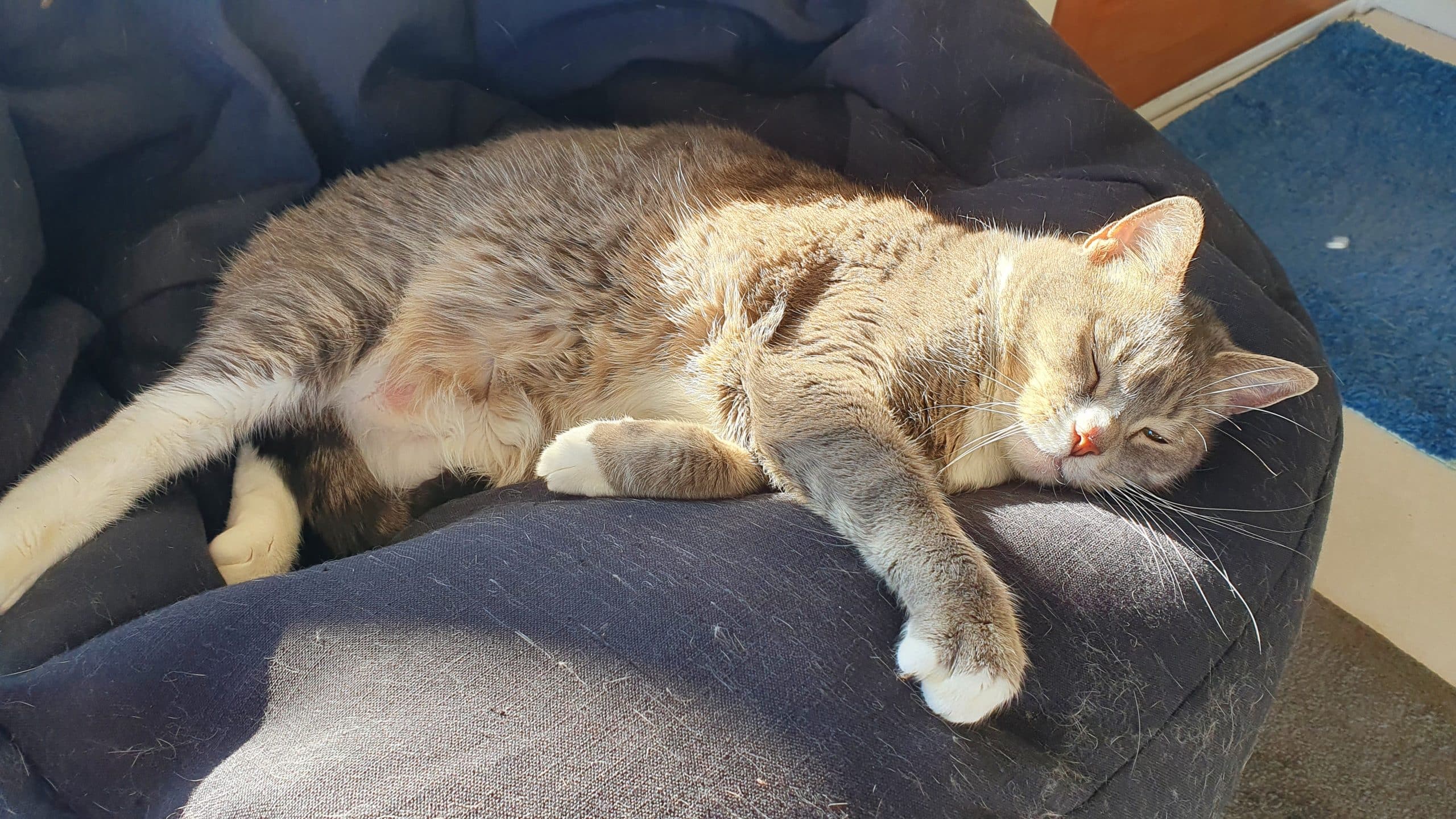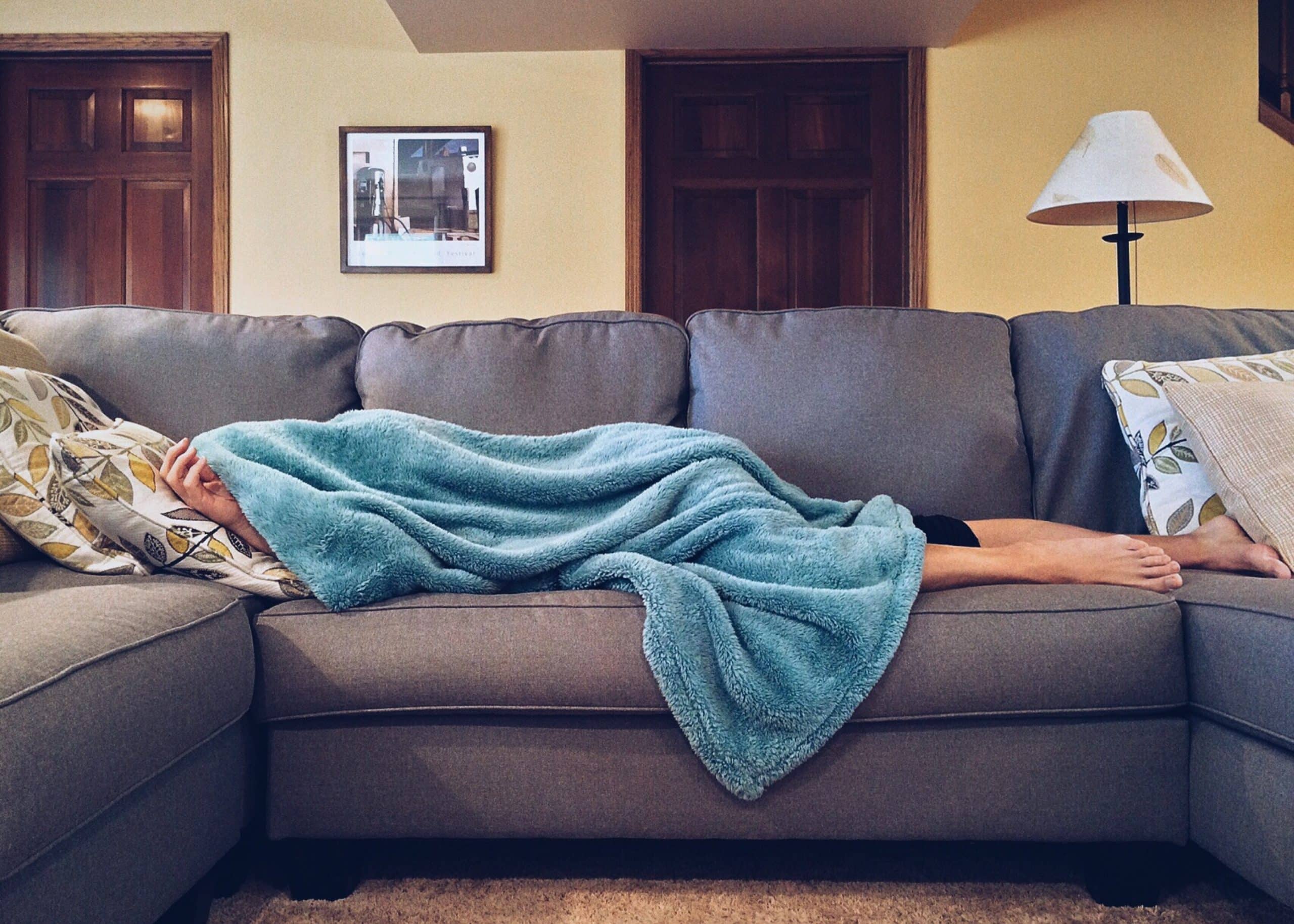I’m a HUGE fan of the nana nap. There, I said it!
I often see comments like “You can sleep when you’re dead” or “Sleep is for the weak”. As though this core human function is a bug, not a feature.
I think that mindset is misguided, if not a touch ableist. Regular nana naps are now a core part of my self-care practice, and I recommend them every chance I get!
My history with nana naps
In my teens and twenties, I thoroughly bought into the idea that naps were for babies and old ladies. I pushed myself hard in every waking moment. And I regularly experienced health crashes.
But nothing beats my experience in 2011. I happened to be in Christchurch for work when a massive earthquake hit. I and my loved ones and work colleagues were safe, but many weren’t so lucky.
I managed to get home on my scheduled flight the next day, but not before my plane was rocked by yet another aftershock as it was taxiing to get in position for takeoff.
It was a stressful experience. I have the greatest of admiration for Cantabrians, who endured month after month of earthquakes and aftershocks for several years after the initial earthquake in September 2010.
Where I went wrong was that I didn’t process the stress; instead, I buried it by telling myself “other people have it worse”. So I kept on with my “normal” life and work.
That is, right up until I developed a bad case of glandular fever (mono for any North Americans reading). And then, because I also tried to push through the illness, I developed post-viral fatigue.
It was BAD. I mean, falling-asleep-at-my-desk bad. Not-going-out-with-my-friends-for-months-on-end bad. Unable-to-summon-the-energy-to-feed-myself-some-days bad. It was totally out of my control and went on for over six months.
The turning point
One of the key tools I turned to was the humble nana nap. A hour or two each Saturday and Sunday afternoon helped me edge back towards health. Of course, it would have been far better if I’d been able to take time off work to recover fully, but there were a number of reasons why that wasn’t an option.
So, weekend by weekend, I napped my way through the fog of the fatigue. Yes, I made sure I was eating nourishing food, getting good overnight sleep, reducing non-essential activities and keeping up my Vitamin D with appropriate sun-exposure. And yet it felt like the nana nap did as much good as all the other things combined.
And even when I got back to full health, I kept up the tradition of regular naps. My mind was clearer, my thinking was more focused and creative, my energy was more balanced, my productivity was more sustainable and I was a nicer person to be around.
My weekly nana nap practice
These days, I have 1-2 naps a week. Sometimes they’re only 10-15 minutes long, other times, several hours.
If a week goes by with no naps, I start to feel it – my thinking dulls, my energy drops, and it’s harder to get enjoyment out of anything.
That’s my signal to carve out an hour here and there, to disappear into my room with an eye-mask, and put my phone on Do Not Disturb so I can get some quality shut-eye.

The benefits of regular naps
There are many potential benefits to regular naps – while none of us will experience all of them, I reckon there are enough reasons to at least give napping a go.
Here’s a small sample of the potential benefits:
- Better memory (Johns Hopkins, Sleep Foundation)
- Improved alertness and performance (Kirsten Weir, American Psychological Association)
- Reduced impulsiveness, greater tolerance for frustration (Goldschmied et al., Personality and Individual Differences)
- Increased capacity for learning (Milner & Cote, Journal of Sleep Research)
- Relaxation, improved mood (Mayo Clinic)
Tips to have an excellent nap
There’s plenty of research, books, and articles available that cover the “optimal” nap length and the best time of day for a nap.
Apparently Salvador Dalí would hold a key between his fingers and rest his arm over the edge of his chair. When he nodded off, he would drop the key, which would hit the wooden floor and wake him up. He’d then paint whatever he was dreaming the moment the key hit the floor. (That might explain the surreal nature of his work!)
And while anecdotes and research are interesting, and can guide our experiments, I’ve learned over time that the optimal length is what my body needs on the day, and the best time is when my body asks for a nap.
There does seem to be a genetic component to napping – not everyone will enjoy or benefit from napping in the same way. But it’s worth giving it a go to see if it’s helpful for you.
Here are a couple of guidelines to keep in mind to improve your chances of having a great nap.
Keys for an excellent nap:
- Keep it short (Mayo Clinic and Sleep Foundation suggest 10-20 minutes, Johns Hopkins says between 30 and 90 minutes) – sleeping for longer can leave you feeling worse than before your nap, and can disrupt the following night’s sleep
- Nap regularly (American Psychological Association) – those in the habit of napping get more out of their naps than those who nap infrequently
- Schedule your naps for early afternoon (Mayo Clinic) – napping later can disrupt nighttime sleep. Sleep Foundation suggests napping around the halfway mark between the time you woke up today, and the time you plan to go to sleep tonight
- Set an alarm (Sleep Foundation)- once you know your optimal nap length, use an alarm to avoid sleep inertia (that groggy feeling after you’ve napped for too long, or woken up during slow-wave sleep)
- Nap in an area that is quiet, dark, and a moderate temperature (Mayo Clinic)
Why not try it for yourself?
If you’ve bought into the “sleep when you’re dead” mentality, you might be missing out on the pleasure and deep mental, physical, and emotional benefits of a nap.
Give it a go. You might be glad you did!



